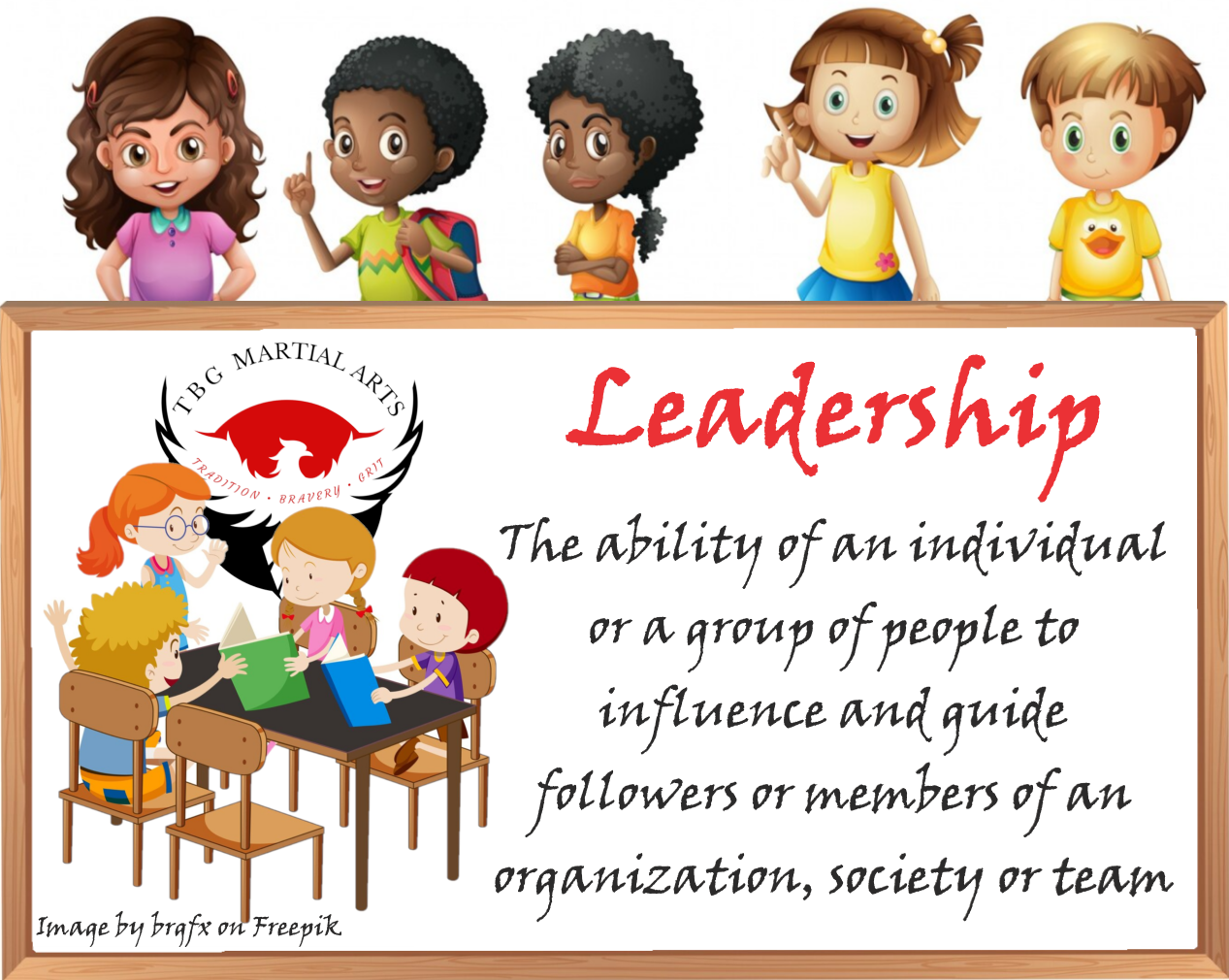Word of the Week #36

Leadership in Martial Arts:
Cultivating Strength Beyond Combat
Leadership and martial arts—two seemingly distinct realms—intersect in profound ways. Beyond kicks, punches, and self-defense techniques, martial arts instills essential qualities that shape effective leaders. Let’s explore how the dojo becomes a training ground for leadership.
Discipline and Self-Leadership
Martial artists learn discipline early on. The consistent practice, adherence to routines, and commitment to improvement mirror the habits of successful leaders. Discipline isn’t just about physical training; it’s about self-leadership—making choices aligned with long-term goals.
Focus and Decision-Making
In combat, focus is critical. A split-second distraction can alter the outcome. Similarly, leaders face myriad distractions—prioritizing tasks, managing crises, and steering teams. Martial arts hones this ability to focus, enhancing decision-making under pressure.
Respect and Humility
The dojo thrives on respect. Students bow to instructors, acknowledging their wisdom. Leaders, too, must respect their team members, peers, and mentors. Humility—the understanding that growth requires openness—fuels both martial artists and effective leaders.
Perseverance and Adaptability
Martial arts celebrates perseverance. Whether mastering a complex form or recovering from a fall, practitioners persist. Leaders encounter setbacks too—budget cuts, market shifts, or team dynamics. Adaptability, like adjusting mid-fight, ensures progress.
Community and Collaboration
Leadership isn’t solitary. In the dojo, camaraderie fuels growth. Martial artists learn from peers, share techniques, and celebrate victories. Effective leaders build strong teams, fostering collaboration, trust, and shared success.
As you tie your belt and step onto the mat, remember: Leadership isn’t about titles; it’s about influence. Whether you lead a team, a project, or your own life, the principles forged in martial arts—discipline, focus, respect, and resilience—will guide you.
Have Questions?
Thank you!
A member of our staff will be contacting you soon. Can't wait to see you on the mat!

